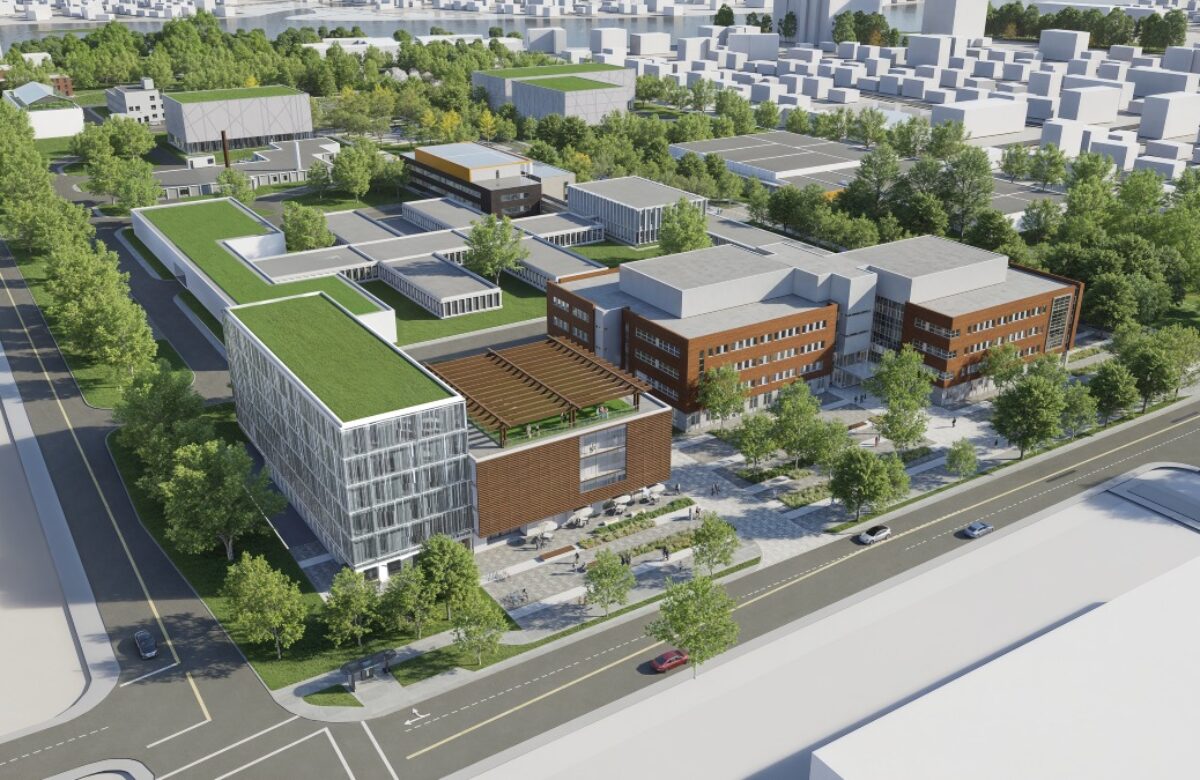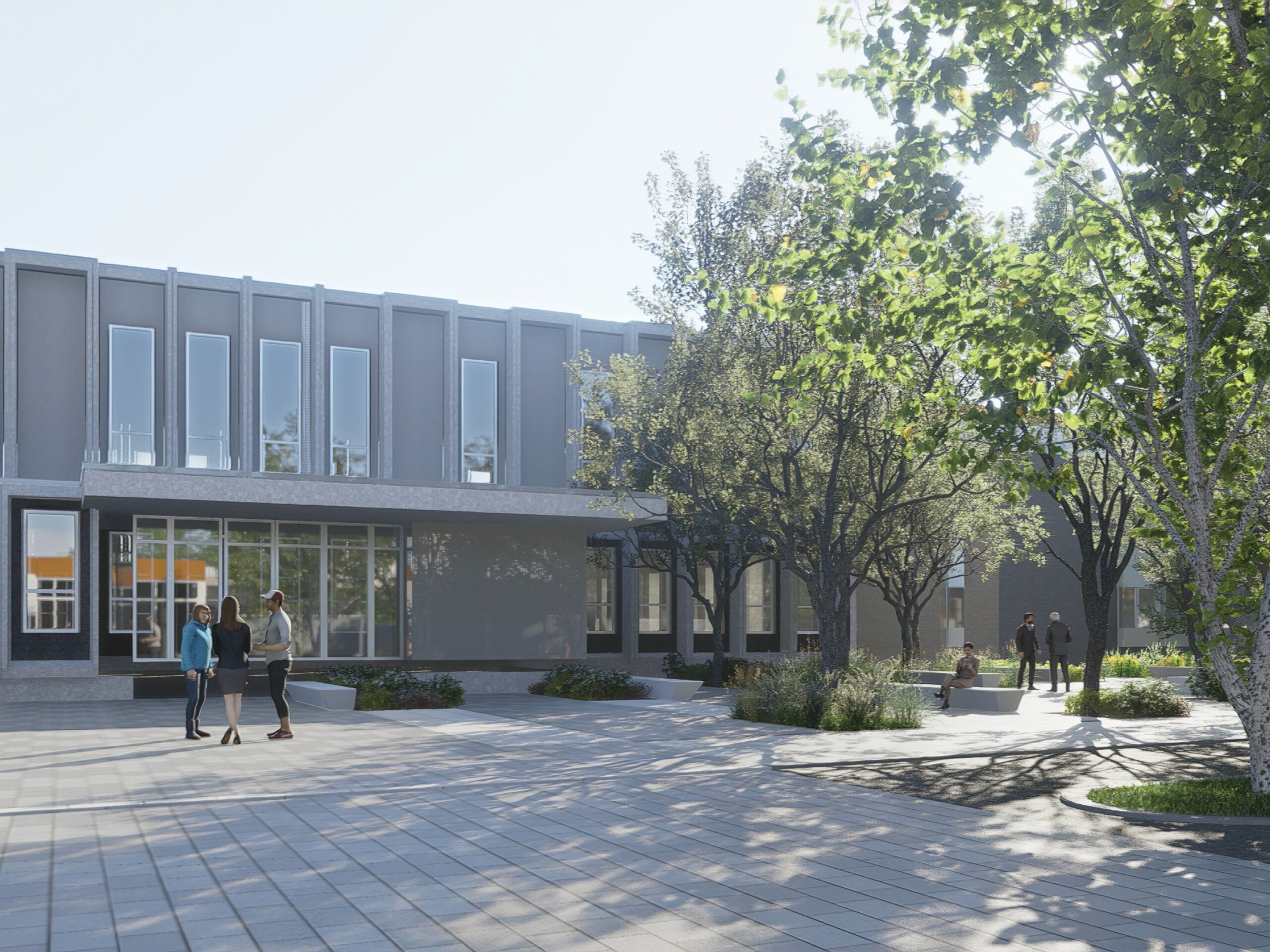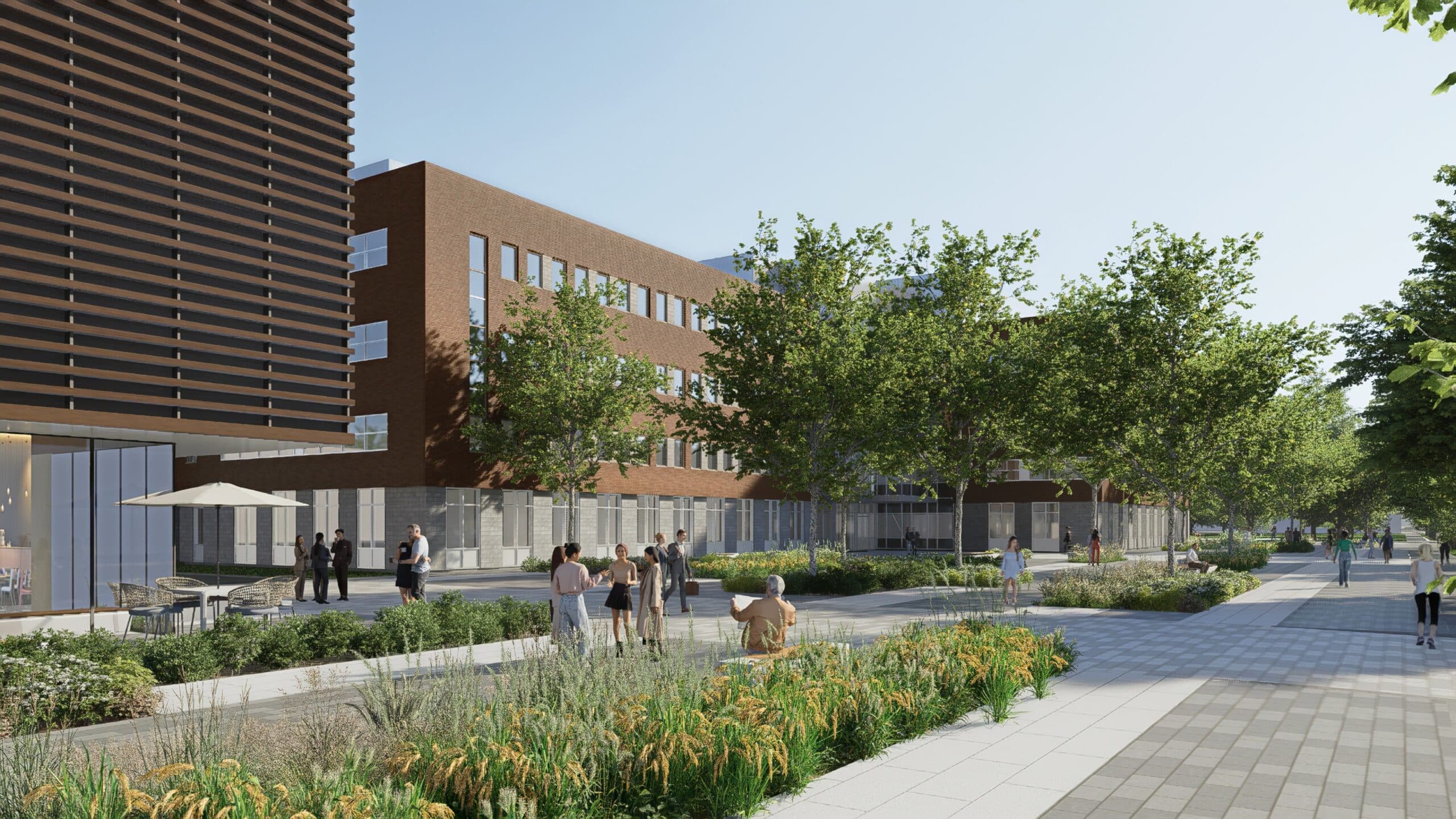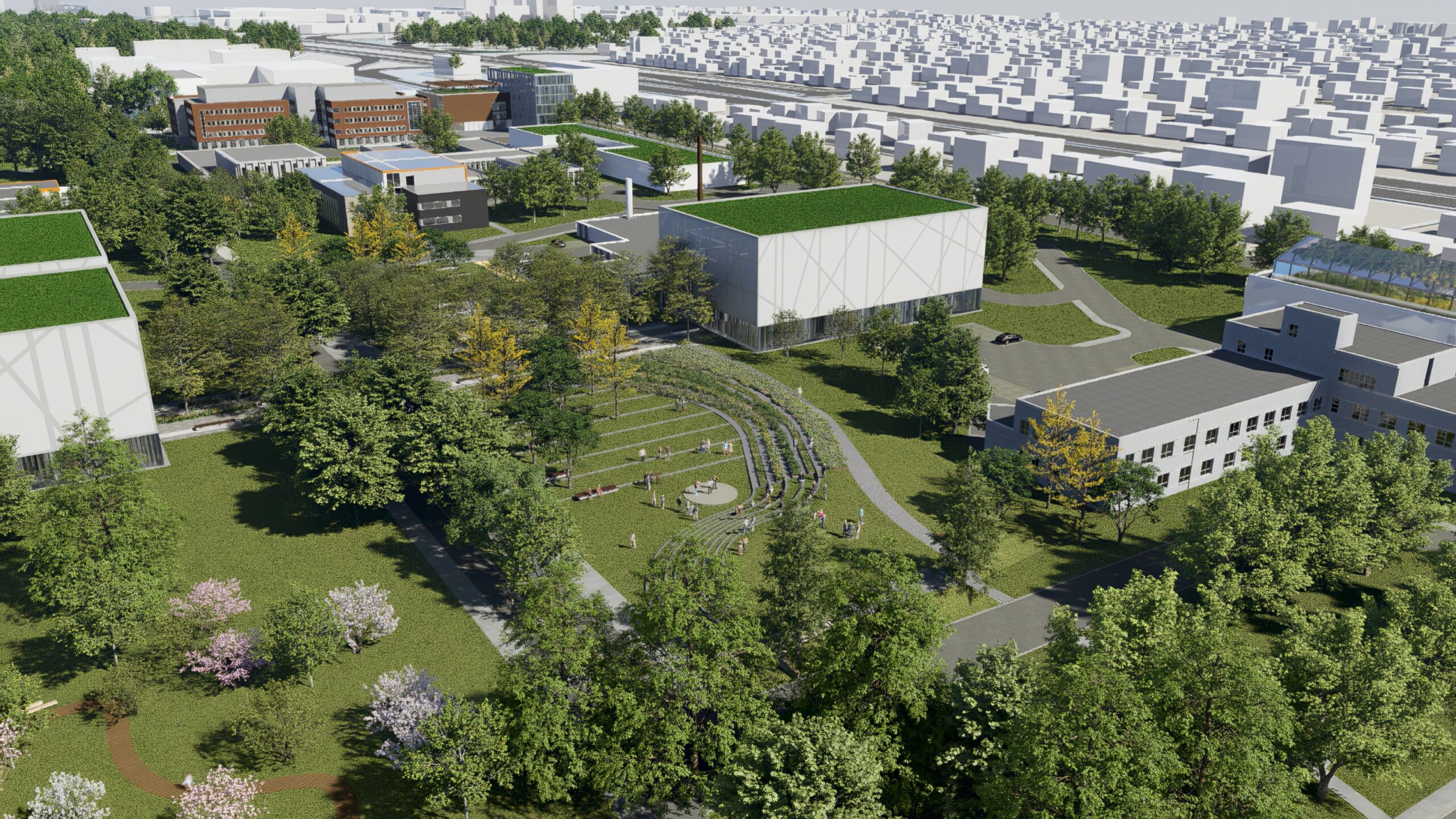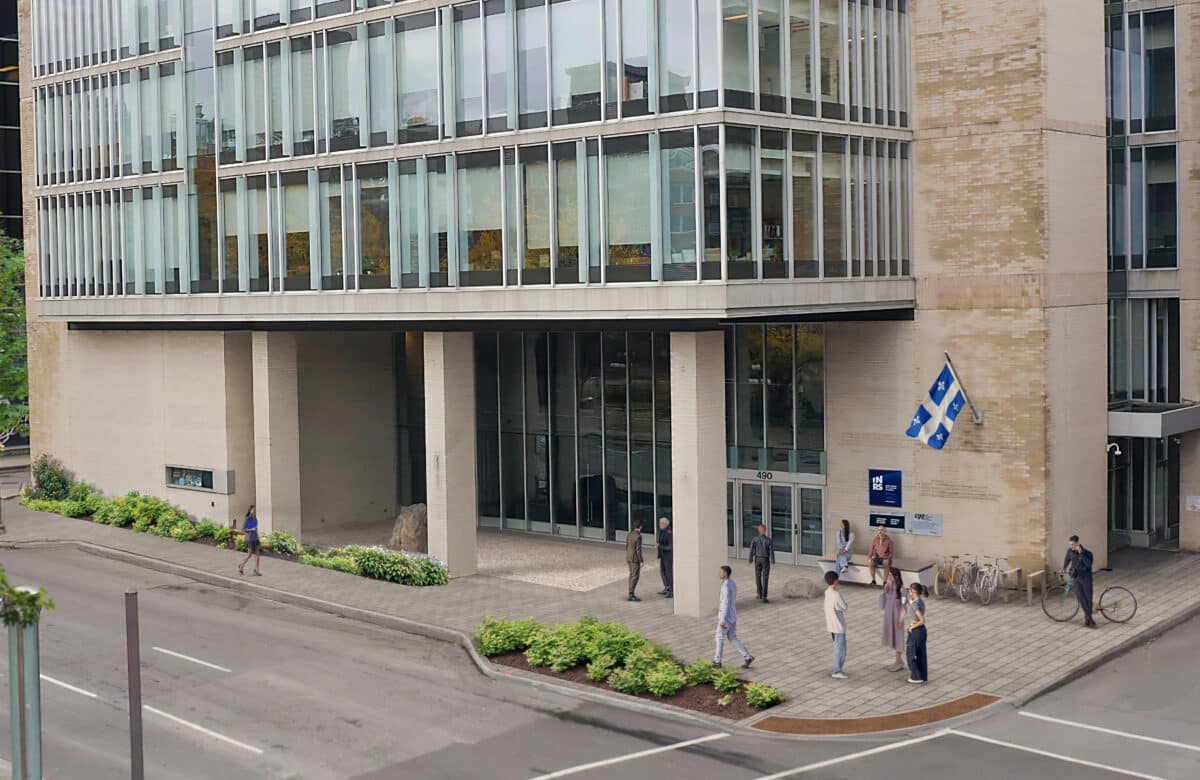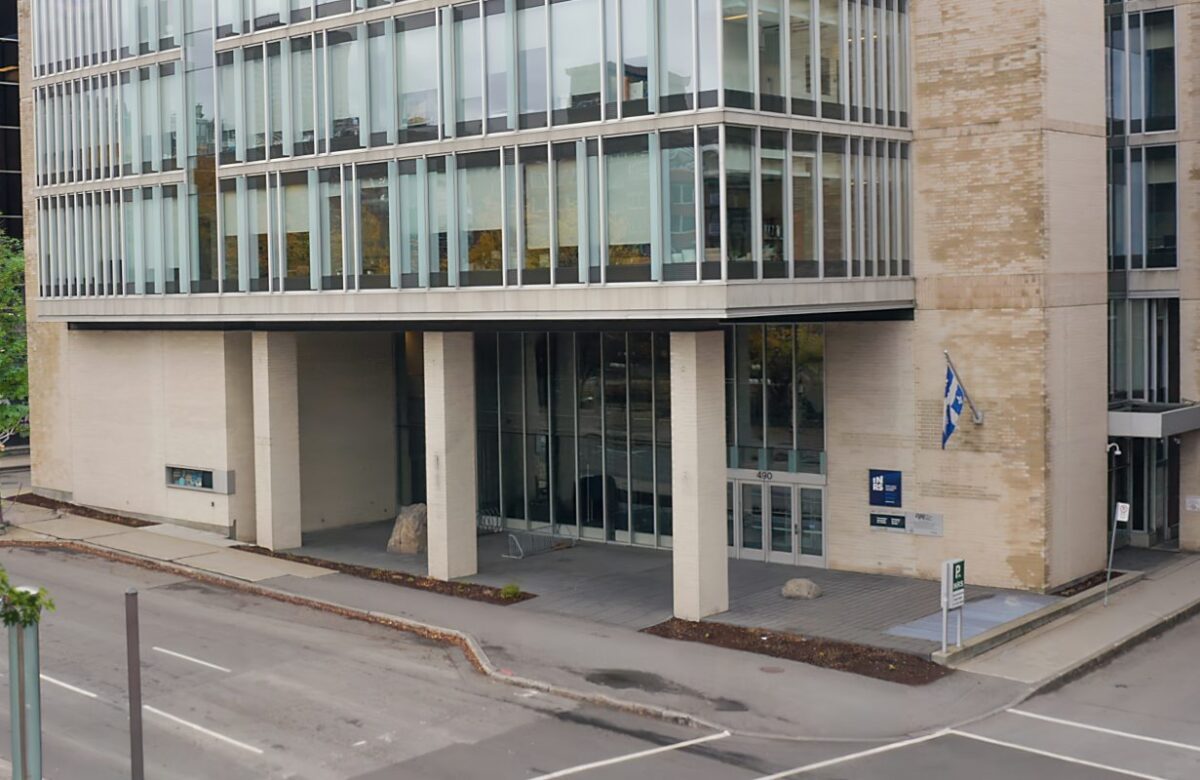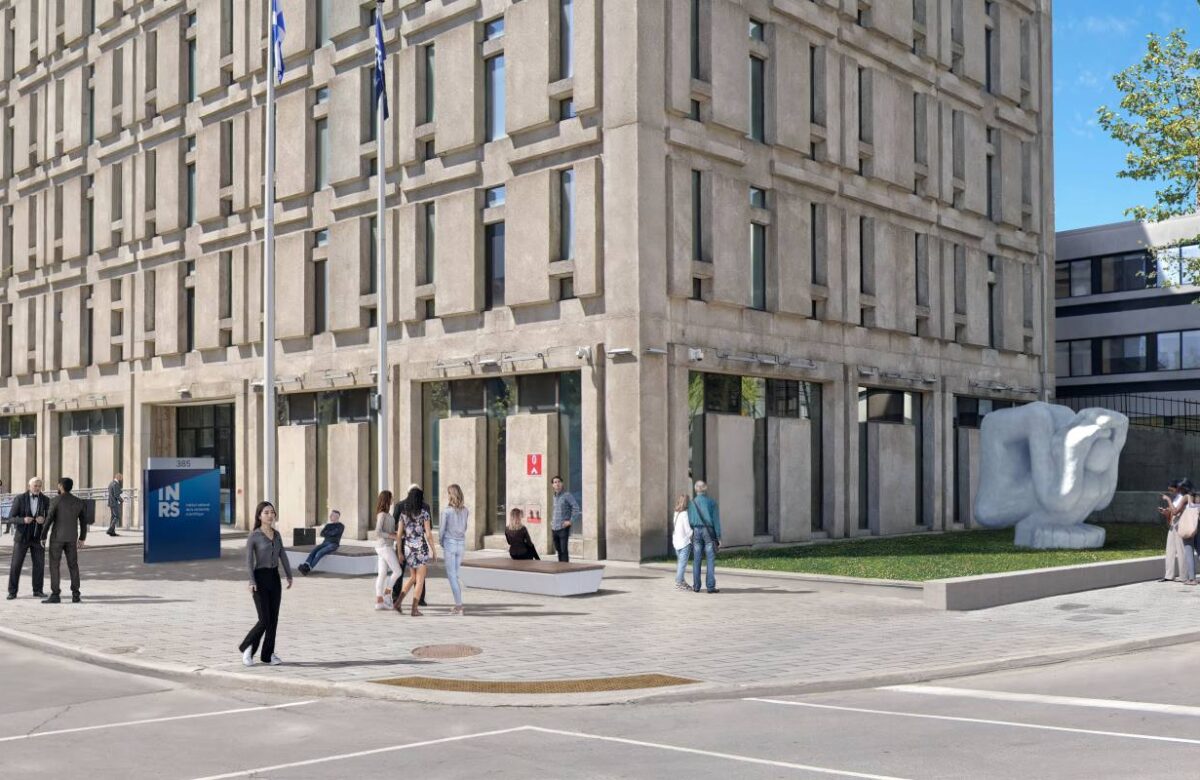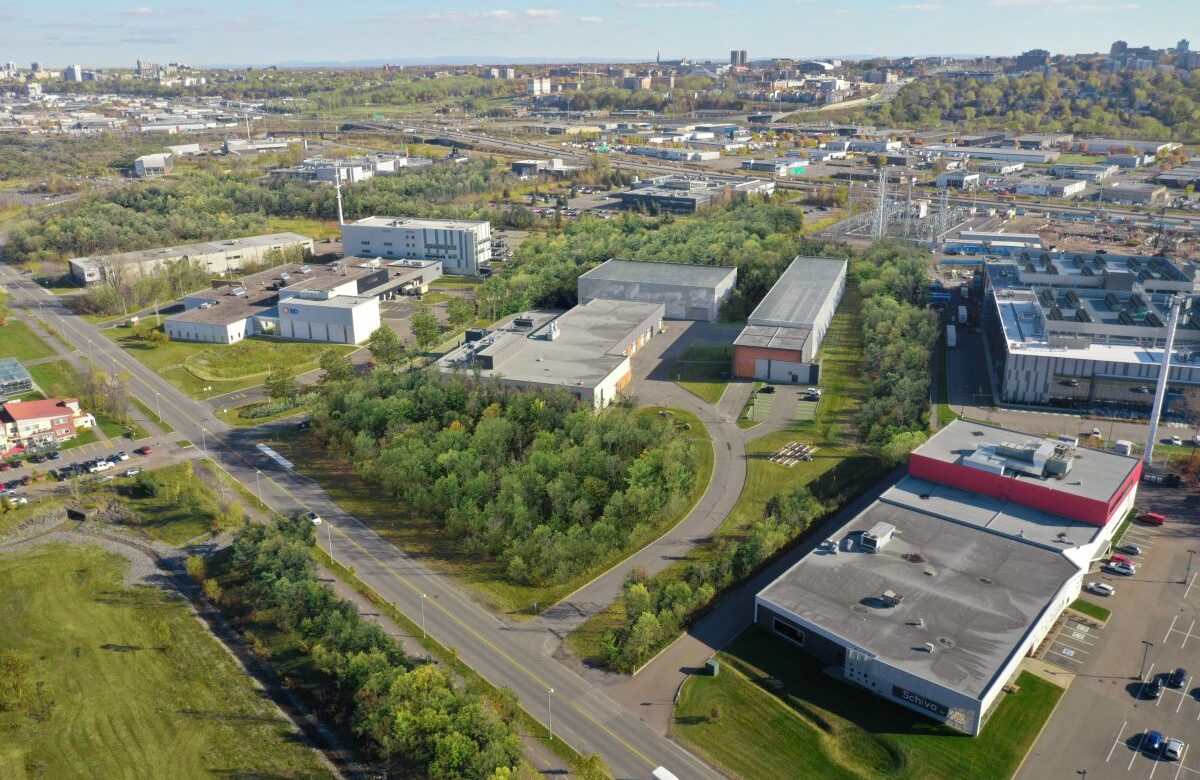An ambitious vision for the next 20 years
Institut national de la recherche scientifique (INRS) has unveiled its Real Estate Master Plan (REMP) for 2024–2044.
This strategic document sets out broad guidelines for the development, management, and use of INRS’s indoor and outdoor spaces, and will guide changes to its infrastructure over the next 20 years. It supports the future development of INRS’s four current research centres:
- Armand-Frappier Santé Biotechnologie in Laval
- Énergie Matériaux Télécommunications in Varennes and Montréal
- Eau Terre Environnement in Québec City
- Urbanisation Culture Société in Québec City and Montréal
This plan also includes the long-term vision for the future Ruralités durables (RD) Research Centre, which will help expand INRS’s impact across Québec, particularly in rural areas.
REMP foundation and scope
The REMP is based on several strategic documents:
- The CEO’s Vision
- The INRS Strategic Plan 2025–2030
- The Université du Québec Strategic Plan 2024–2028
- The scientific programs of the research centres
- Institutional action plans for equity, diversity, and inclusion (EDI) and sustainable development
- Major projects currently in the planning stage
Real estate development projectser
Numerous projects are in the pipeline.
Major upcoming real estate development projects.
We invite you to watch our video presenting the vision of the 2024-2044 Real Estate Master Plan.
Knowledge and Innovation Campus in Laval
Major changes are on the horizon in Laval, where INRS is planning to develop a Knowledge and Innovation Campus. Armand-Frappier Santé Biotechnologie (AFSB) Research Centre, focusing on health, biotechnology, and the environment, will become a model of sustainable scientific urban planning where academic excellence, biodiversity, and community life converge.
In the same vein, INRS will be consolidating the activities of the Énergie Matériaux Télécommunications (EMT) Research Centre on campus, creating a large-scale interdisciplinary scientific hub and strengthening synergies between the fields of health, biotechnology, energy, materials, and photonic technologies.
New research and training infrastructure in Laval
- Over the next few years, INRS will be gradually relocating teams from the Énergie Matériaux Télécommunications (EMT) Research Centre to new spaces on its Laval campus.
- Major renovations to Building 12 on the Laval campus are underway and will continue until fall 2026. The EMT Research Centre telecommunications teams at Place Bonaventure will be relocated in December 2026.
- A new building that meets radiation protection standards will be constructed on the Laval campus to house all Varennes ALLS and photonics activities by 2028.
- The new buildings will be located in already mineralized zones, minimizing the environmental footprint and preserving campus green spaces.
Improving quality of life and mobility
- Construction of student housing: 45 units for graduate and postgraduate students, ready in 2028
- Development of indoor and outdoor common spaces: Open reception area at the campus entrance and gathering place for outdoor events (4.5% of the site)
- Reduction of heat islands by removing a large surface parking area
- Promotion of sustainable mobility and urban integration to improve campus accessibility
- Creation of the Armand-Frappier Biodiversity Corridor with trails and a bike path and expansion of the wooded area and biodiversity

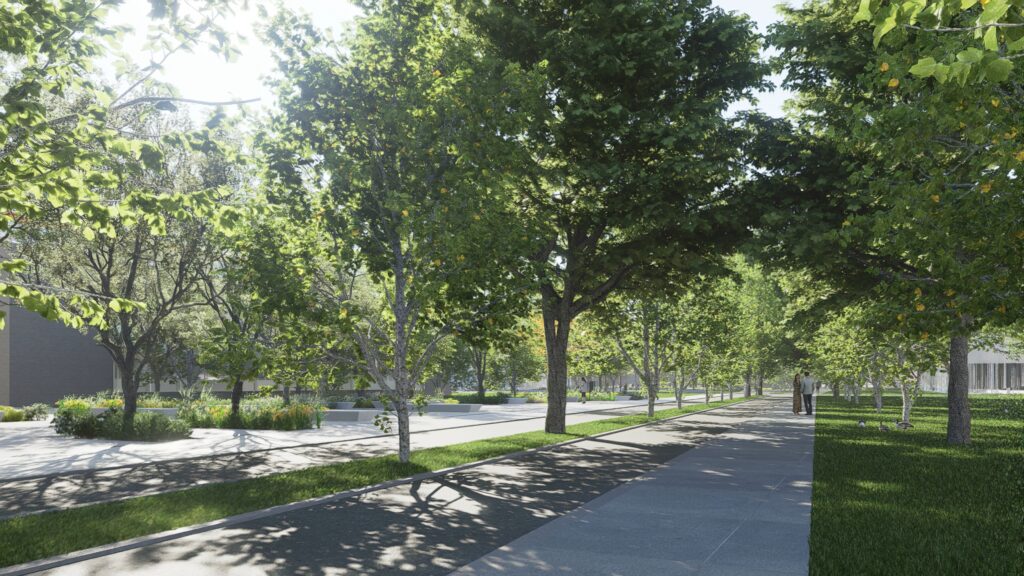

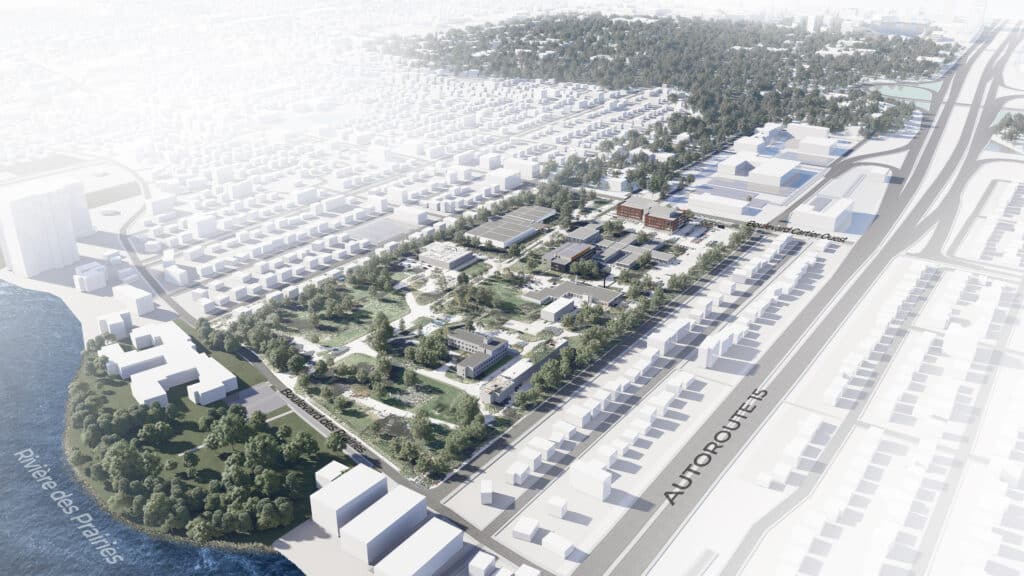
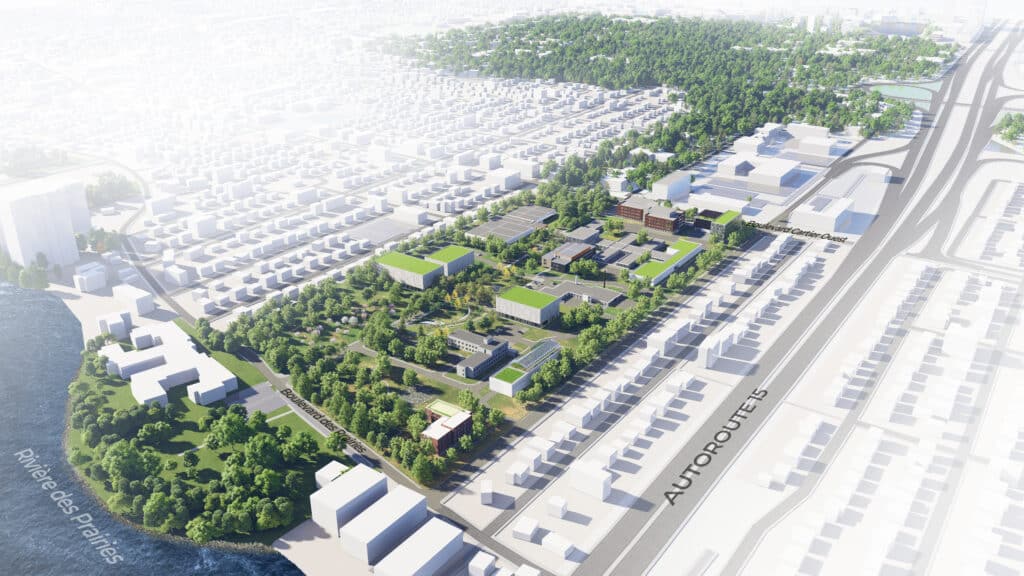
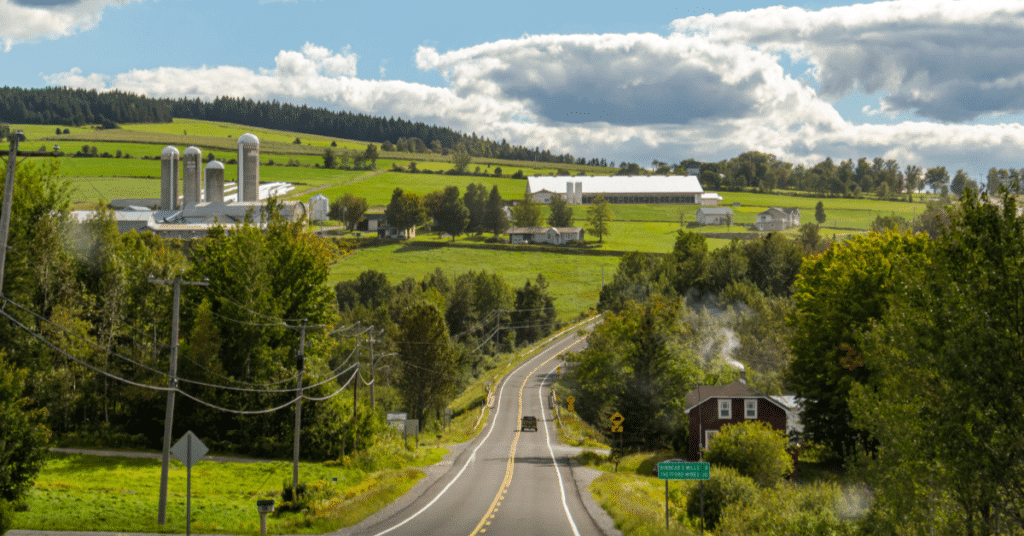
Ruralités durables Research Centre
INRS is committed to better meeting the challenges facing rural environments by creating a new interdisciplinary research centre in Baie-Saint-Paul, Charlevoix. The Ruralités durables Research Centre will bring together the social sciences, health sciences, natural sciences, and engineering to train the next generation of scientists to approach rural realities with rigour, innovation, and sensitivity.
To ensure the research centre’s impact and sustainability, INRS plans to bring on high-calibre, cross-disciplinary faculty members by 2030, and to develop a stimulating and inclusive living environment for a diverse student community. The Charlevoix region will be an ideal setting for projects of national scope, in line with the realities experienced in all regions of Québec.
Redevelopment and optimization of existing spaces
Redevelopment projects are also planned at various INRS research centres to optimize the use of indoor and outdoor spaces. These projects will improve workspace efficiency, support research, and foster an environment conducive to interdisciplinarity.
Urbanisation Culture Société Research Centre (Montréal)
- 20% gain in indoor space through the use of underground parking.
- Outdoor spaces: site enhancement to improve user experience and community ownership.
Énergie Matériaux Télécommunications Research Centre (Place Bonaventure)
- End of lease in December 2026: relocation of all teams to Laval.
Énergie Matériaux Télécommunications Research Centre (Varennes)
- Sale of the Varennes building at the end of the REMP
Eau Terre Environnement Research Centre (490 rue de la Couronne, Québec City)
- Optimization of interior space in existing administrative offices and expansion of research spaces
- Outdoor spaces: site enhancement and landscaping
Eau Terre Environnement (LISTE, Québec City)
- Optimization of existing storage spaces in favour of research spaces, expansion of laboratories (710 m2)
- Environmental regeneration of the site and contribution to climate resilience
- Natural stormwater management on site
- Enhanced user experience on the site
- Potential for long-term construction on warehouse footprint
Summary of benefits for a sustainable and inclusive REMP
Identity
- Contribute to INRS’s impact
- Strengthen INRS’s identity
Equity
- Develop an Indigenous recognition approach and strategy
Interdisciplinarity
- Share interconnection spaces between research centres
Optimization
- Create a roadmap for reducing excess space
- Optimize service lanes and technical spaces
- Optimize and reduce outdoor parking
- Streamline INRS-owned lots
- Optimize interior spaces
Sustainable development
- Reduce heat islands
- Support environmental regeneration and contribute to climate resilience
- Ensure community well-being
- Adopt an environmental certification strategy
- Transform existing above-ground parking lots into environmentally responsible parking lots
Quality of life
- Improve the quality of interior and exterior design and foster community ownership
Questions: If you have any questions or comments, feel free to contact us at

